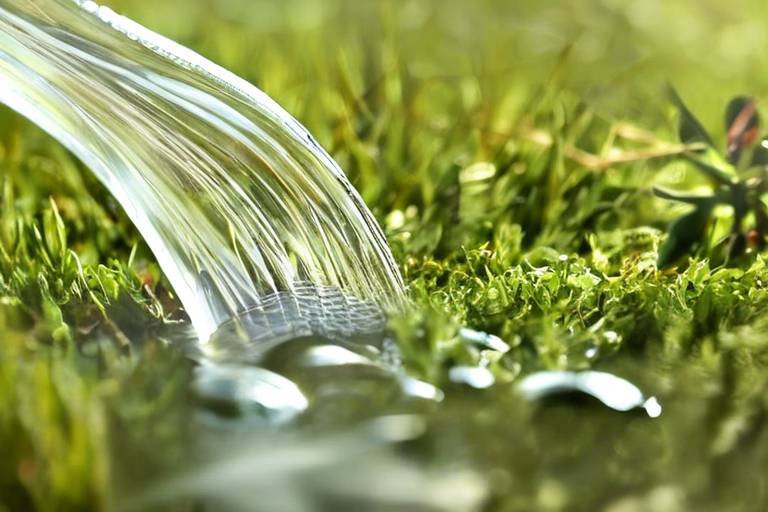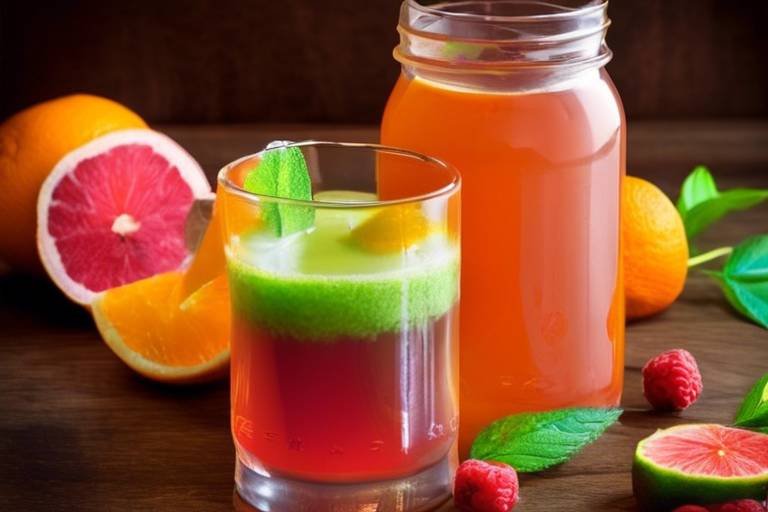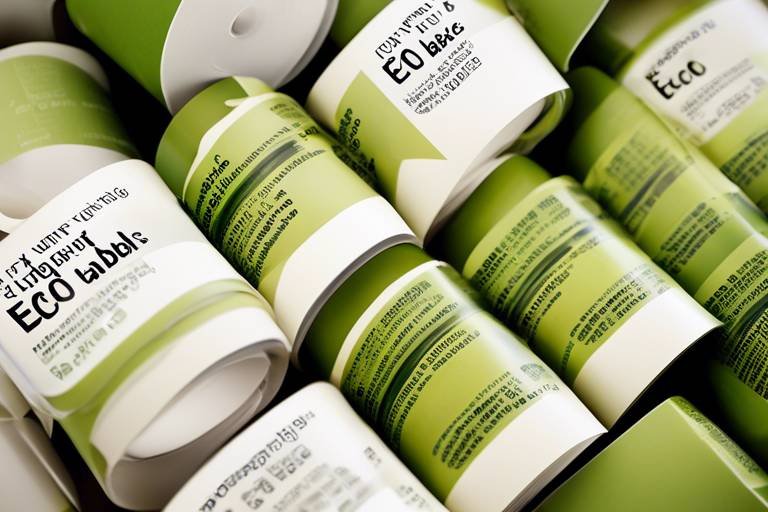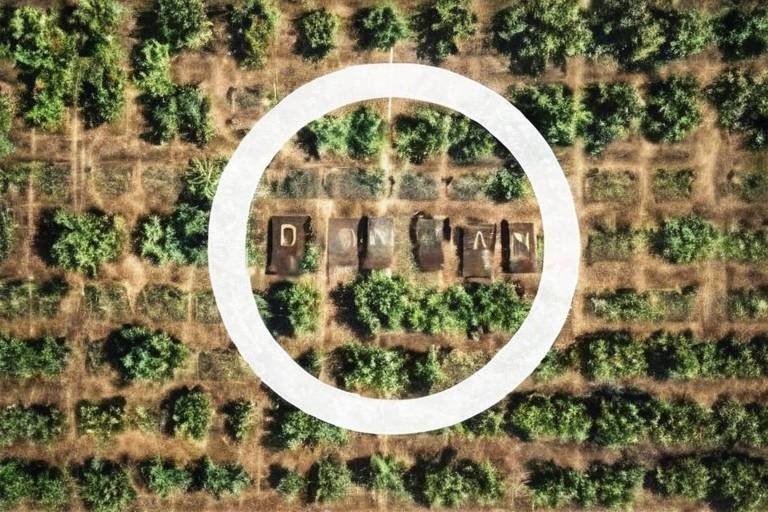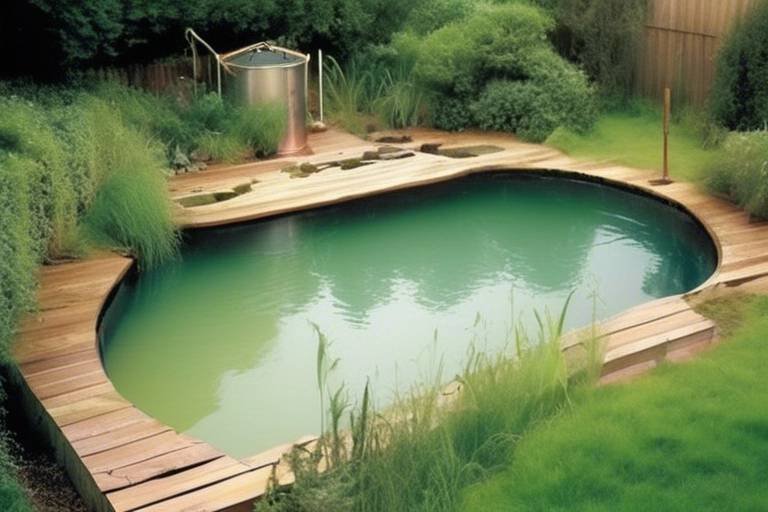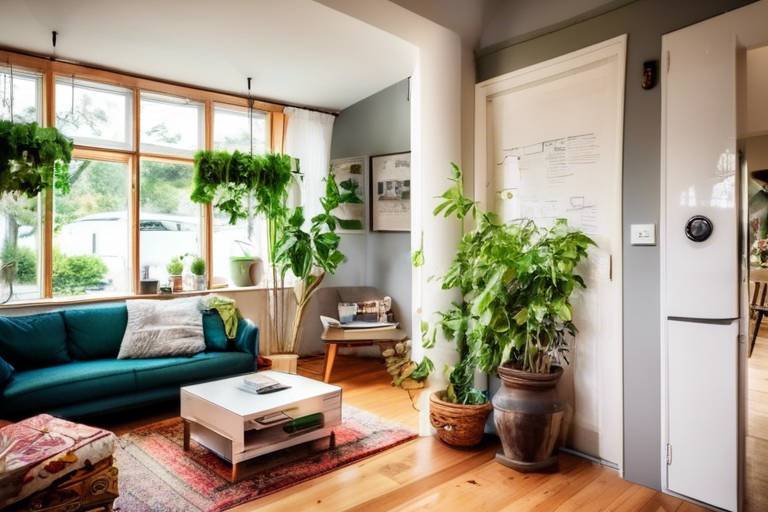How to Create a DIY Water-Saving System
When it comes to creating a DIY water-saving system, there are several practical steps you can take to make a significant impact on conserving water at home. By following these simple yet effective techniques, you can not only save money on your water bill but also contribute to environmental sustainability.
One of the first steps in creating a water-saving system is to assess your current water usage. By understanding where and how much water you use on a daily basis, you can pinpoint areas where improvements can be made and conservation efforts can be implemented. This awareness is crucial in identifying opportunities for reducing water wastage.
Another essential aspect of water conservation is fixing leaks and drips in your plumbing system. Leaking faucets, pipes, or fixtures can lead to significant water loss over time. By promptly repairing any leaks, you can prevent wastage and ensure that your water-saving system operates efficiently.
Installing low-flow fixtures is a practical way to reduce water consumption without compromising on performance. Upgrading to water-efficient faucets, showerheads, and toilets can significantly decrease the amount of water used in your household, leading to substantial savings in the long run.
Collecting rainwater is another eco-friendly method to supplement your water supply for outdoor activities. Setting up a rain barrel or collection system allows you to harvest rainwater for tasks such as watering plants or washing your car, reducing the need for treated water.
Repurposing greywater from sinks, showers, and laundry is a sustainable way to minimize water wastage. By exploring methods to reuse greywater for non-potable purposes like irrigation or flushing toilets, you can further optimize your water-saving efforts.
Creating a drip irrigation system for your garden is an efficient way to deliver water directly to plant roots, minimizing wastage through evaporation or runoff. This DIY approach ensures that your plants receive the right amount of water they need to thrive while conserving resources.
Using mulch in your garden and selecting drought-resistant plants are additional strategies to conserve water. Mulching helps retain soil moisture and reduce evaporation, while choosing plants that require less water can contribute to a more sustainable and water-efficient landscape.
Regularly monitoring your water meter is essential for tracking your water usage, detecting leaks early, and adjusting your conservation strategies accordingly. By staying informed about your consumption patterns, you can make informed decisions to optimize your water-saving system.
Lastly, educating your household members about the importance of water conservation is key to fostering a culture of mindful water usage. By involving your family in setting goals, raising awareness, and practicing water-saving habits together, you can make a collective impact on reducing water wastage in your home.
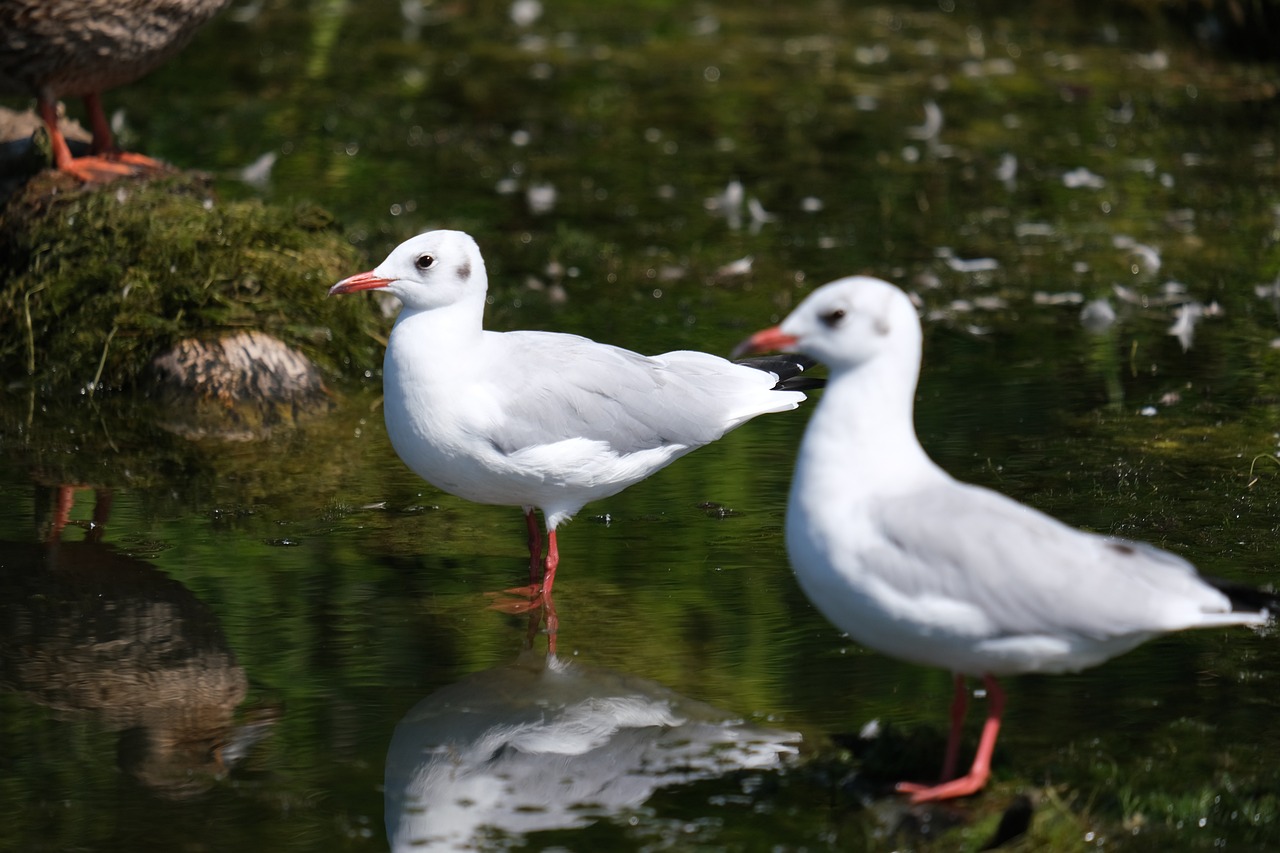
Assess Your Water Usage
Learn how to conserve water at home with a DIY system. Save money and reduce your environmental impact by implementing these easy-to-follow steps and tips.
Understanding your daily water consumption is the first step in creating an effective water-saving system. Take note of activities that require water, such as showering, laundry, and watering plants. Consider using a water usage tracker to monitor and analyze your consumption patterns over time. This data will help you identify areas where water is being wasted and guide your conservation efforts.
Additionally, check for any signs of leaks or inefficiencies in your plumbing system. A leaking faucet or running toilet can significantly contribute to water wastage without you even realizing it. By conducting a thorough inspection of your home's water fixtures, you can pinpoint and address any issues promptly.
Creating a water usage log can also be beneficial in tracking your daily consumption. By recording the amount of water used for various activities, you can gain a better understanding of your habits and make informed decisions on where to cut back.
Consider installing water-saving devices on your faucets and showerheads to regulate water flow and reduce usage without compromising performance. These simple upgrades can make a significant difference in your overall consumption and help you achieve greater efficiency in water usage.
Remember, knowledge is power when it comes to water conservation. By assessing your water usage regularly and making conscious efforts to reduce consumption, you can make a positive impact on both your wallet and the environment.
Have questions about creating a DIY water-saving system? Check out some common queries below:
- How much water can I save by fixing leaks?
- What are the benefits of using greywater for irrigation?
- Can I install low-flow fixtures myself?
- How often should I monitor my water meter?

Fix Leaks and Drips
Learn how to conserve water at home with a DIY system. Save money and reduce your environmental impact by implementing these easy-to-follow steps and tips.
When it comes to water conservation, fixing leaks and drips is crucial. Leaking faucets, pipes, or fixtures can waste a significant amount of water over time. Not only does this lead to higher water bills, but it also puts unnecessary strain on our precious water resources. By promptly repairing any leaks, you not only prevent water wastage but also ensure that your entire water-saving system operates efficiently.
One common way to detect leaks is by monitoring your water meter. If you notice any unusual spikes in water usage when no water is being actively used in your home, it could indicate a hidden leak. Addressing these issues promptly can save you both water and money in the long run.
Additionally, consider installing water-efficient fixtures throughout your home. Low-flow faucets, showerheads, and toilets are designed to reduce water consumption without compromising performance. These upgrades not only help in saving water but also contribute to a more sustainable lifestyle.
Remember, every drop counts when it comes to water conservation. By taking the time to fix leaks and drips, you are not only protecting the environment but also ensuring a more efficient and cost-effective water-saving system for your household.

Install Low-Flow Fixtures
When it comes to conserving water at home, one of the most effective steps you can take is to . These fixtures are designed to reduce water consumption without compromising on performance, making them an ideal choice for eco-conscious households. By making this simple switch, you can significantly lower your water usage and contribute to water conservation efforts.
Low-flow fixtures encompass a variety of water-saving devices, including faucets, showerheads, and toilets. These fixtures are equipped with innovative technology that limits the flow of water while maintaining adequate pressure for daily tasks. By replacing your old, water-guzzling fixtures with low-flow alternatives, you can save gallons of water each day without even noticing a difference in your routine.
When selecting low-flow fixtures, it's essential to consider the WaterSense label. This certification ensures that the fixture meets water efficiency and performance standards set by the Environmental Protection Agency (EPA). By choosing WaterSense-labeled fixtures, you can be confident that you are investing in high-quality products that will help you conserve water and save money in the long run.
Installing low-flow fixtures is a straightforward process that can be done as a DIY project or with the help of a professional plumber. With a few basic tools and some guidance, you can easily swap out your old fixtures for water-saving alternatives. Not only will you be doing your part to protect the environment, but you'll also enjoy the benefits of lower water bills and a more sustainable home.
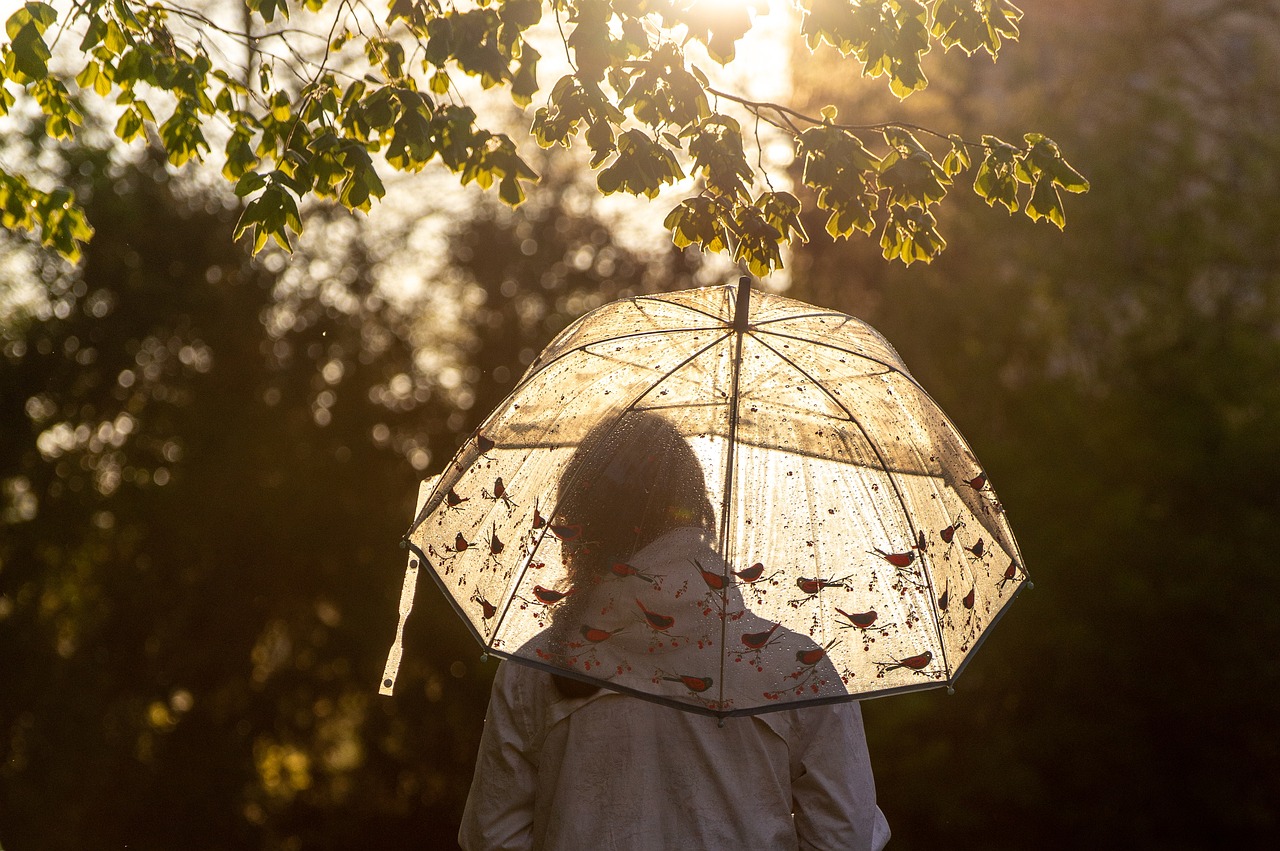
Collect Rainwater
When it comes to conserving water and reducing your environmental impact, collecting rainwater can be a game-changer. By setting up a simple rain barrel or collection system, you can harness nature's gift and utilize it for various outdoor purposes, ultimately saving on your water bills and contributing to water conservation efforts.
Rainwater harvesting is a straightforward process that involves directing rainwater from your roof into a storage container, typically a barrel or tank. This collected rainwater can then be used for activities like watering your garden, washing your car, or even cleaning outdoor surfaces. By utilizing rainwater for these tasks, you can significantly reduce your reliance on treated water from your municipal supply.
Setting up a rainwater collection system is not only eco-friendly but also cost-effective in the long run. It allows you to make the most of a free and abundant resource, especially in areas where water scarcity is a concern. Additionally, by reducing the demand for treated water, you are helping to alleviate the strain on water treatment facilities and the environment.
When installing a rainwater collection system, it's essential to consider the location of your collection container, the size of the storage vessel, and the necessary filtration or treatment methods. By ensuring that your system is well-designed and maintained, you can maximize the benefits of rainwater harvesting while minimizing any potential risks or contaminants.
Overall, collecting rainwater is a practical and sustainable way to conserve water and promote self-sufficiency in your household. By incorporating this simple yet effective technique into your water-saving efforts, you can make a significant difference in both your water usage habits and the environment.
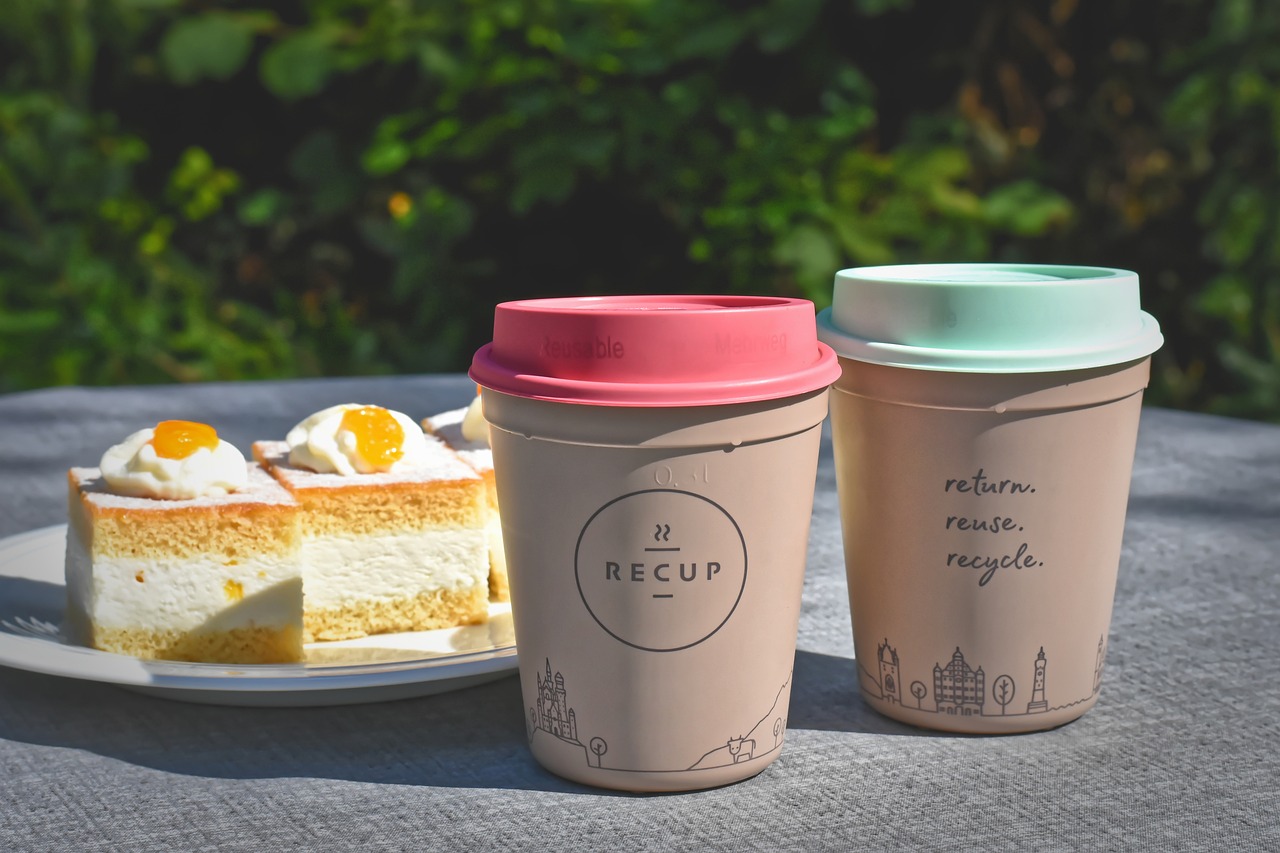
Reuse Greywater
When it comes to water conservation, one innovative approach is to . Greywater refers to wastewater generated from activities like washing dishes, doing laundry, and showering. Instead of letting this water go to waste, you can repurpose it for various non-potable purposes around your home. By implementing a greywater reuse system, you can significantly reduce your water usage and contribute to environmental sustainability.
One method to reuse greywater is through a diversion system that collects water from sinks, showers, and washing machines. This greywater can then be directed to outdoor areas for irrigation purposes, providing a sustainable source of water for your garden or landscaping. By utilizing greywater in this way, you can minimize the strain on freshwater resources and promote a more efficient water cycle within your household.
Before setting up a greywater reuse system, it's crucial to understand the guidelines and regulations in your area regarding greywater usage. Some regions may have specific requirements or restrictions, so it's essential to ensure compliance with local laws. Additionally, proper filtration and treatment methods should be in place to maintain the quality of the greywater and prevent any potential health risks.
When implementing a greywater reuse system, consider the placement of your outlets and the types of plants that will benefit from this water source. Certain plants are more tolerant of greywater than others, so selecting the right vegetation can optimize the effectiveness of your irrigation system. By incorporating greywater reuse into your sustainable practices, you can take a significant step towards reducing water waste and promoting eco-friendly habits in your daily life.
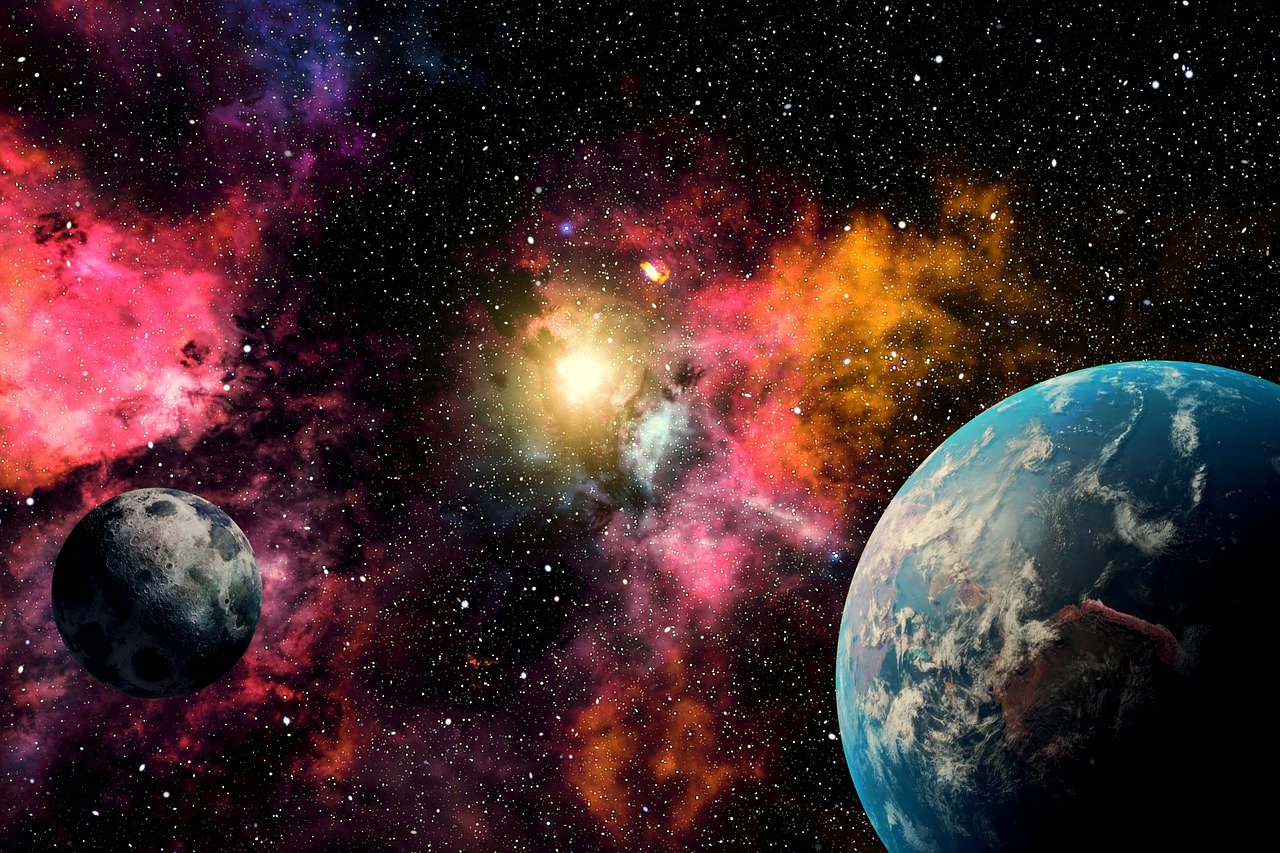
Create a Drip Irrigation System
Creating a drip irrigation system for your garden is a smart and efficient way to ensure your plants receive the right amount of water without wastage. Instead of manually watering your garden and risking overwatering or missing certain plants, a drip irrigation system delivers water directly to the roots where it's needed most. This method not only conserves water but also promotes healthier plant growth by avoiding water contact with leaves, which can lead to diseases.
When setting up a drip irrigation system, you have the flexibility to customize it based on your garden's layout and plant needs. By using a combination of drip emitters, tubing, connectors, and a timer, you can create a system that efficiently waters each plant according to its requirements. This targeted approach minimizes water runoff and evaporation, making it an eco-friendly choice for garden watering.
One of the key benefits of a drip irrigation system is its water-saving potential. Compared to traditional watering methods like sprinklers, drip irrigation can reduce water usage by up to 50% by delivering water directly to the root zone. This not only saves water but also lowers your water bill in the long run, making it a cost-effective solution for maintaining a healthy garden.
Moreover, drip irrigation systems are easy to install and require minimal maintenance once set up. With a little initial investment in materials and time, you can enjoy the convenience of automated watering that promotes plant growth and conserves water simultaneously. Whether you have a small vegetable garden or a vast landscape to maintain, a drip irrigation system can be tailored to suit your specific needs and preferences.
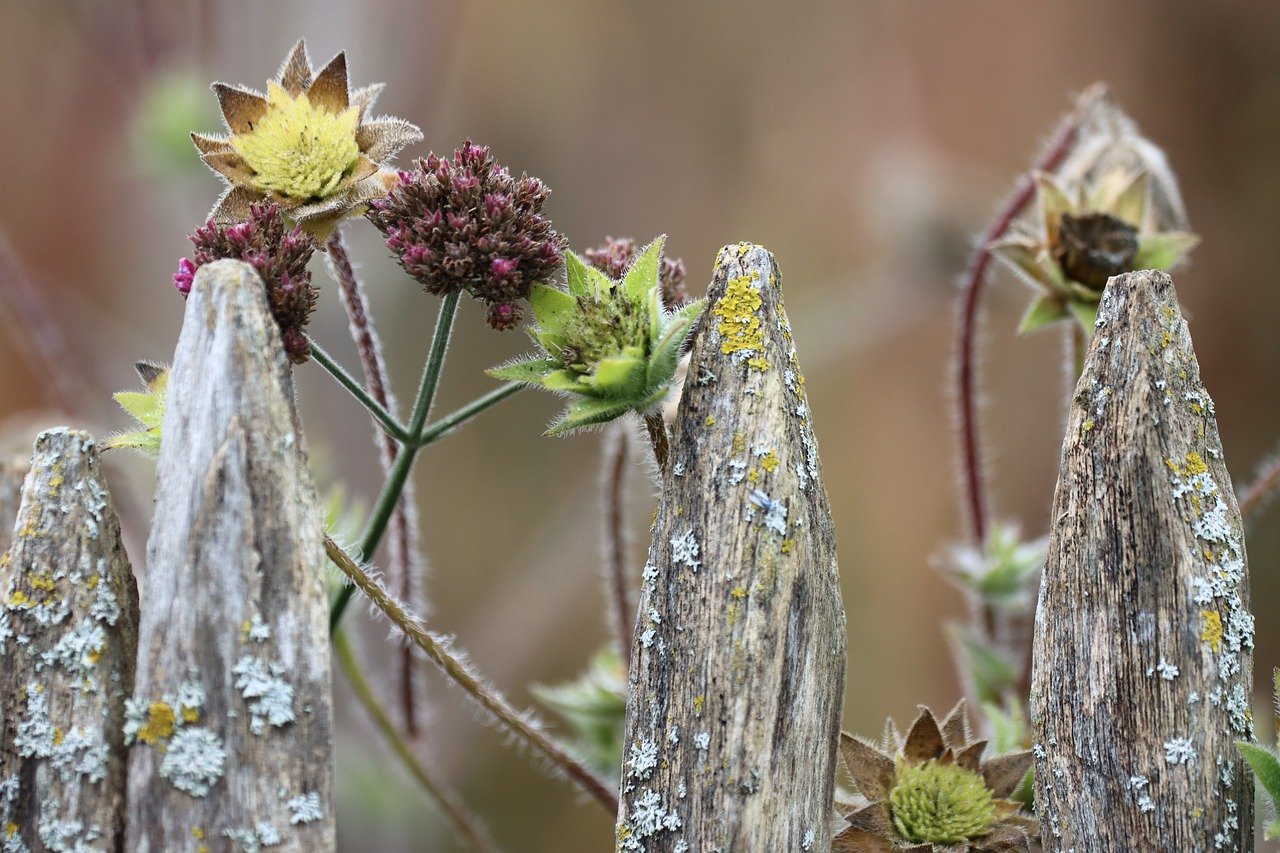
Use Mulch and Drought-Resistant Plants
When it comes to conserving water in your garden, using mulch and choosing drought-resistant plants can make a significant difference. Mulch acts as a protective layer, reducing evaporation and helping the soil retain moisture for longer periods. By mulching your garden beds, you can minimize water loss and promote healthier plant growth. Additionally, opting for drought-resistant plants that are well-suited to your climate can significantly reduce the amount of water needed to keep your garden thriving.
Imagine mulch as a cozy blanket for your garden, shielding the soil from the sun's intense rays and preventing water from evaporating too quickly. This simple yet effective technique not only conserves water but also reduces the need for frequent watering, saving you time and effort in the long run. Pairing mulch with drought-resistant plants creates a harmonious ecosystem that thrives with minimal water input, allowing you to enjoy a lush and vibrant garden while being mindful of water usage.
Furthermore, incorporating a variety of drought-resistant plants in your garden can add visual interest and diversity to your outdoor space. These plants have adapted to survive in arid conditions, requiring less water to flourish compared to their thirstier counterparts. By selecting plants that are native to your region and well-suited to the local climate, you can create a sustainable garden that thrives with minimal water resources.
Consider creating a table to list some popular drought-resistant plants suitable for your area, along with their specific water requirements and ideal growing conditions. This visual aid can help you make informed decisions when selecting plants for your water-saving garden.
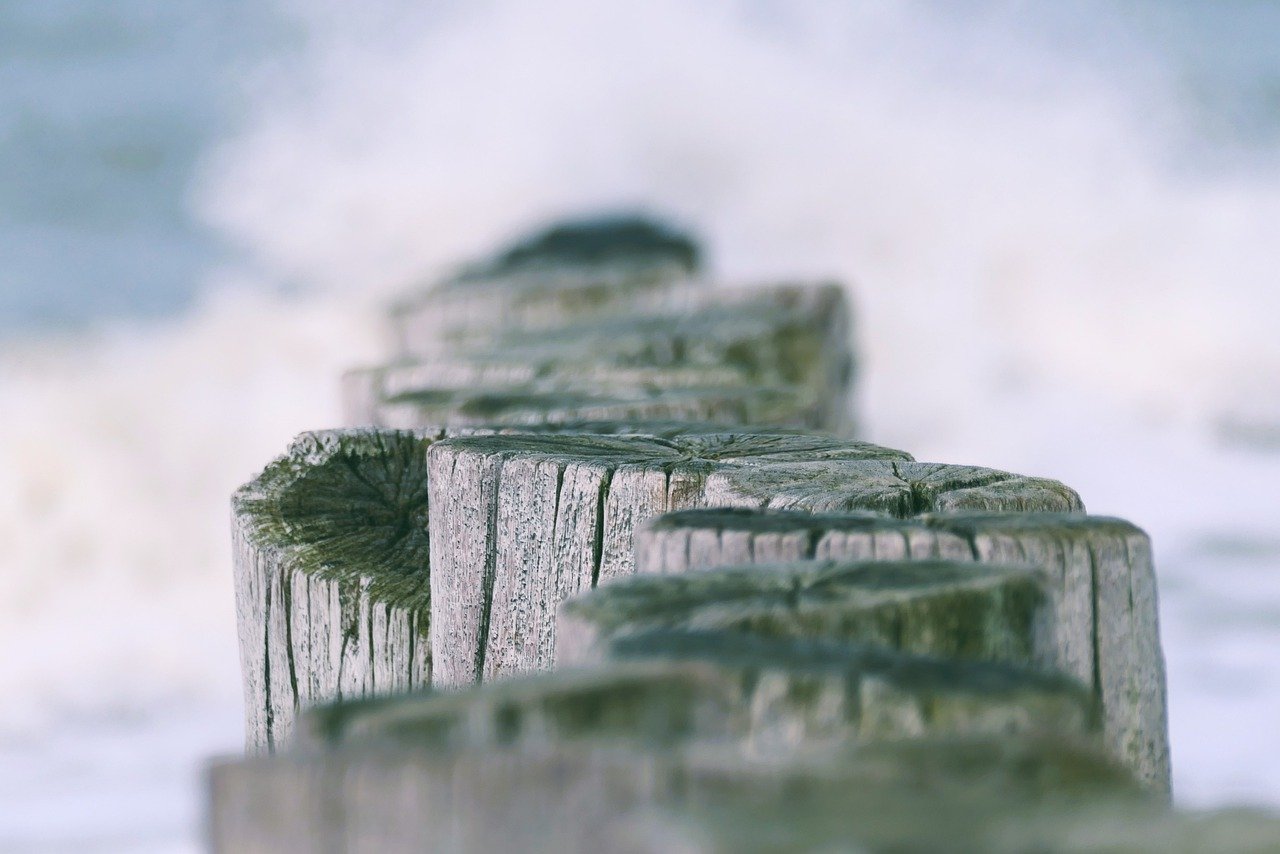
Monitor Your Water Meter
When it comes to water conservation, monitoring your water meter is a crucial step in understanding your household's water usage patterns. By regularly checking your water meter, you can keep track of how much water your household is consuming and identify any sudden spikes in usage that may indicate a leak or inefficiency in your system.
Monitoring your water meter allows you to be proactive in detecting leaks early on, saving both water and money in the long run. By being aware of your water usage habits, you can make informed decisions on where you can further reduce consumption and improve efficiency.
Consider creating a log to record your water meter readings periodically. This can help you track your progress in reducing water usage over time and make adjustments to your conservation efforts as needed. Additionally, monitoring your water meter can serve as a visual reminder to be mindful of your water consumption on a daily basis.

Educate Your Household
When it comes to saving water, educating your household is key to ensuring long-term success in your conservation efforts. By involving your family in the process, you can create a shared commitment to reducing water usage and promoting sustainability within your home. Start by raising awareness about the importance of water conservation and the impact it has on the environment. Discuss the benefits of saving water, such as lower utility bills and a reduced carbon footprint.
Set achievable goals with your family members to track progress and stay motivated. Whether it's reducing shower times, fixing leaks promptly, or using water-efficient appliances, setting specific targets can help everyone stay accountable and focused on the end goal of saving water. Consider creating a water-saving chart or checklist that everyone can contribute to and monitor together.
Practice mindful water usage as a household by implementing simple yet effective habits that can make a big difference in the long run. Encourage turning off the tap while brushing teeth, only running the dishwasher and washing machine with full loads, and using a broom instead of a hose to clean outdoor areas. By making these small adjustments in daily routines, your family can collectively contribute to significant water savings over time.
Engage in fun and educational activities that teach your household members about the value of water and the importance of conservation. Consider organizing a family project to build a mini rainwater harvesting system or create a DIY water usage display to visualize the amount of water consumed daily. By making learning about water conservation interactive and engaging, you can instill a sense of responsibility and stewardship in your family members.
Frequently Asked Questions
- What are the benefits of creating a DIY water-saving system?
Creating a DIY water-saving system offers various benefits, such as reducing your water bills, conserving precious resources, and minimizing your environmental footprint. By implementing water-saving techniques at home, you can contribute to sustainable practices and make a positive impact on the planet.
- How can I determine if I have a water leak in my home?
You can check for water leaks by monitoring your water meter for unusual fluctuations, inspecting faucets, toilets, and pipes for visible leaks or drips, and conducting a dye test in your toilet tank. Identifying and fixing leaks promptly can help prevent water wastage and save you money in the long run.
- Is it difficult to install low-flow fixtures in my home?
Installing low-flow fixtures, such as water-efficient faucets and showerheads, is a relatively simple and cost-effective process that can be done as a DIY project. These fixtures are designed to reduce water consumption without compromising performance, making them a practical choice for water conservation efforts.

